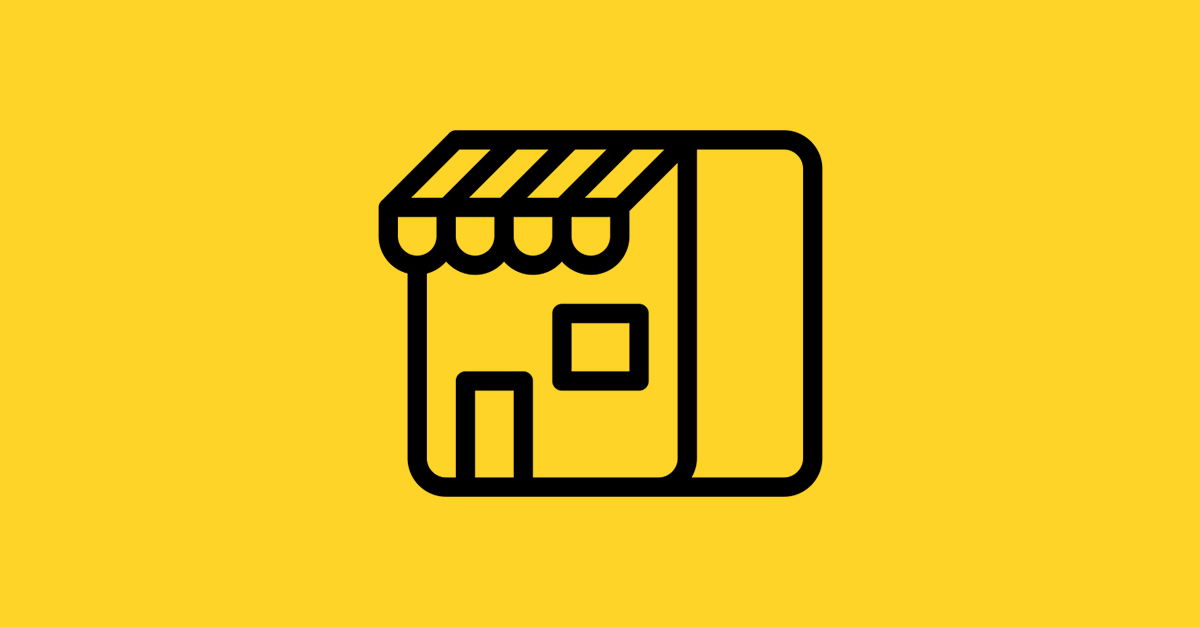
What Is A Demand Side Platform (DSP) And How Does It Work?
In the not-so-long-distant past, advertisers sold and bought digital ads manually. It was as manual as it may seem; it entailed more cost and proved unreliable. It only left advertisers with little ad inventory they could use for their campaigns.
But gone are the days when advertisers need to think of these things. Demand Side Platforms’ rise, selling and buying ad inventories have become more reliable and cheaper. This is made possible through programmatic bidding that DSPs boast.
Demand Side Platform (DSP)
DSP is a system being used by advertisers to manage and purchase ad inventories from various ad sources in just a single interface. This is made possible with intelligent software capable of bidding inventories via an auction process. This results in more reliable and cheaper ads for selling and buying.
The bidding process is called “programmatic advertising.” In just a matter of microseconds, real-time bidding (RTB) happens.
How Does a DSP Work?
Demand Side Platforms make it easier for advertisers to connect with resources of inventory supplies. It makes it easier for advertisers to look into numerous websites and mobile apps of publishers for ad inventory buying, which is based on impressions.
Another noteworthy feature of the DSPs is the fact that newer generations are capable of offering cross-channel media buying. Some of the platforms in which ad buying can now occur are Google keyword search, LinkedIn, Instagram, Facebook, direct publishers’ in-app and web, OTT/CTV, and ad inventories from China, such as Alibaba and WeChat, Baidu, etc.
Not only does it become more accessible for advertisers to buy ad inventories. But it also helps run end-to-end ad campaigns from the top to the bottom of the sales funnel. It leads to less complicated audience targeting, covering awareness, interest, and even conversion.
Ad Networks Vs. Demand Side Platforms
If one opts for ad networks, an advertiser can purchase ad inventory in bulk instead of an impression at a given time. Ad inventories are pooled together from different publishers. Later, these ad inventories are grouped and sold as slices to advertisers. The only downside of the ad networks is that not all accommodate Real-Time Bidding (RTB).
On the other hand, DSPs work the same way with ad networks with unique propositions, specifically regarding audience targeting. But the most notable thing about DSPs is their ability to do real-time bidding, optimize, track, and serve ads using multiple platforms.
Self-Serve Vs. Full-Service Demand Side Platforms
DSPs are classified into two kinds: self-serve and full-service. The self-serve platform is known for managing your ad campaign, while full-serviced DSP is known for the costly price tag that goes with it.
The self-serve DSP has a lower-cost entry for advertisers, making it a better choice for advertisers who would preferably manage a campaign on their terms. On the other hand, the full-service DSPs have their account managers leading the drives on your behalf. They ensure the success of your campaign, starting from planning, budget distribution, and targeting options.
Join our Newsletter
Get access to promotions, case studies, and recommended partners
Read more reviews and articles
Learn how to setup popunder campaigns and more about campaign management on EZmob’s Helpdesk




